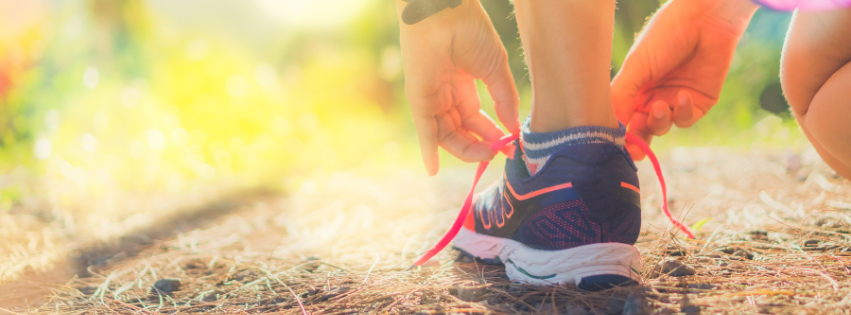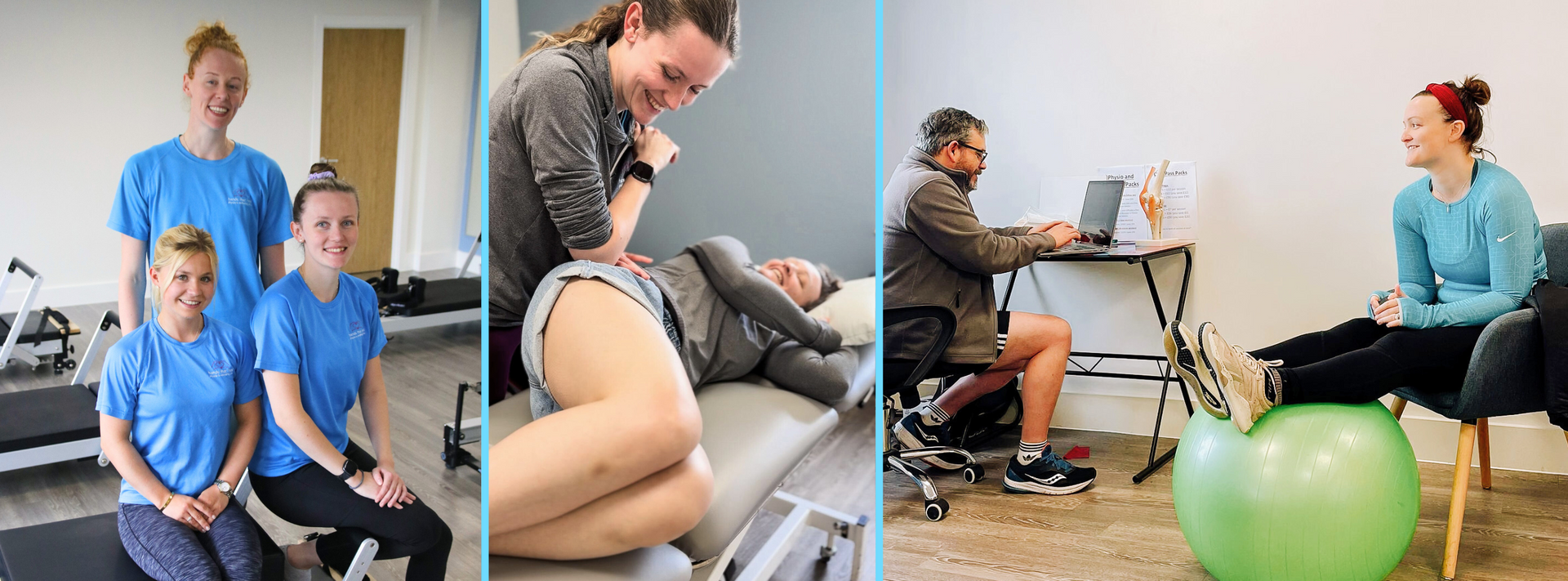News
Are you struggling with that nagging ache in your back that just won't budge? You're not alone. Back pain is a common visitor amongst adults, often becoming an unwanted companion disrupting daily activities and peace of mind. Whether it's after a long day at work or following a vigorous workout session, the discomfort can range from mild stiffness to debilitating agony. Interestingly, most back issues share causes rooted in our modern lifestyle – prolonged sitting, inadequate exercise, and poor posture are usual suspects. This article shines a light on five prevalent back problems tapping at the doorsteps of many: herniated discs, spinal stenosis, degenerative disc disease , osteophytes (bone spurs), and spondylosis (a type of arthritis). It doesn't just stop there; we'll guide you through practical treatment options that help soothe these spine troubles without immediately jumping under the surgeon's knife – from physical therapy magic to acupuncture delights. Discover remedies that could spell relief for your weary back. Ready for some comfort? Keep reading! Key Takeaways Herniated discs, spinal stenosis, degenerative disc disease, osteophytes and spondylosis are key causes of back pain that can often be treated without surgery. Physiotherapy is a vital part of treating back problems as it helps to strengthen muscles and improve flexibility around the spine which may alleviate pain symptoms. Pain management for these conditions may include medication or injections but exploring exercises with a physiotherapist forms a core approach. Surgical options like discectomy and spinal fusion are available for severe cases when non - surgical treatments do not provide adequate relief. Alternative therapies such as acupuncture, massage therapy and biofeedback offer additional ways to manage back pain alongside conventional medical treatments.The body content of your post goes here. To edit this text, click on it and delete this default text and start typing your own or paste your own from a different source.
Are you feeling worn out by constant aches and pains? You're not alone. Many of us face the daily discomfort of sore muscles, stiff joints, or persistent pain that seems to take away from life's joys. But what if there was a gentle yet powerful way to ease this pain and get back on the path to wellness? Enter yoga—a practice as ancient as time but remarkably effective for modern maladies. Did you know that studies suggest yoga can reduce chronic pain levels and may even lessen the need for medication in some cases? This blog is your guiding light to discovering how yoga can be more than just poses—it’s a gateway to better health and less pain. We'll dive into simple movements, breathing techniques, and mindful meditations that could unlock the relief your body has been yearning for. Ready to feel better? Keep reading! Key Takeaways Yoga stretches and strengthens the body, providing chronic pain relief from conditions like arthritis and fibromyalgia. Regular yoga reduces inflammation in the body, which can lead to less pain for those with inflammatory conditions such as arthritis. Practicing specific yoga poses increases flexibility and range of motion, making daily activities easier and reducing discomfort. Pranayama or controlled breathing helps manage how we perceive pain by calming the mind and reducing stress levels. Meditation incorporated into a yoga routine addresses the emotional challenges of chronic pain, promoting mental well-being alongside physical health.
Are you feeling a bit sceptical about starting physiotherapy? Perhaps you've heard a few rumours that it's just for athletes or it's too painful to endure. We understand that stepping into the world of physical therapy can be daunting, especially if you're not sure what to expect. The good news is, many of these whispers are based on myths and not reality. Did you know, for example, that in many cases, you don't need a doctor’s note to see a physiotherapist? That's right – accessing professional help could be easier than you think! Our upcoming article aims to clear up the fog around common misconceptions. By addressing five major physiotherapy myths head-on, we'll set the record straight and guide you towards pain relief and peak fitness with confidence. Ready for some myth-busting action? Keep reading! Key Takeaways You can often start physiotherapy without needing a doctor's referral, giving you faster access to treatment. Physiotherapy shouldn't be painful; it aims to reduce your pain and can involve various methods such as manual therapy and heat or cold treatments. Treatment from physiotherapists includes more than exercises; they use multiple techniques, educate on injury prevention, and offer ergonomic advice for lasting health benefits.
Are you trying to figure out what type of imaging test is the right one for your injury or pain? Whether it's a fall during football practice or a persistent headache that just won't fade, understanding which diagnostic tool - an MRI or an X-ray - can be best suited for your situation might feel overwhelming. But don't worry; making sense of these medical procedures is easier than you think, and we're here to help. Let's start by clearing up one important fact: MRIs use magnetic fields and radio waves to create detailed images of the inside of your body, while X-rays utilise radiation to capture pictures predominantly of bones. From revealing hidden fractures to exposing inflamed tissues, each technique has its strengths. This blog post will guide you through when each method is typically recommended and why they are essential tools in modern medicine. By the end, you'll have the knowledge needed to confidently discuss options with your physiotherapist. Keep reading for clear answers tailored just for you! Key Takeaways MRIs are ideal for soft tissue analysis, capturing high - quality images of muscles, ligaments, and the brain without using radiation, which makes them a safe choice for frequent scans. X - rays are fast and accessible tools perfect for identifying bone injuries such as fractures or dislocations and can also be used to check for problems in the chest and abdomen. Your healthcare provider will recommend an MRI or X-ray based on what part of the body needs examination – MRIs for detailed views of soft tissues and X-rays when focusing on bones or internal organs.






